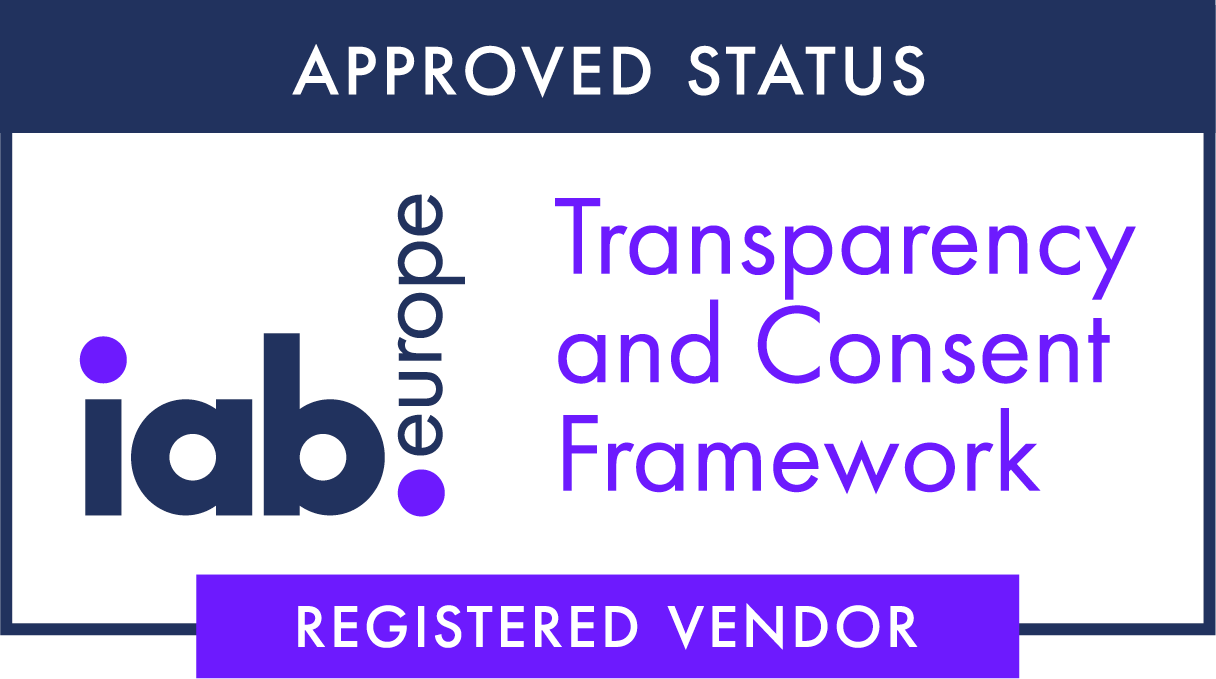Insights
Crisis-proof media planning – This is how it works
Challenging economic phases, characterized by uncertainty among consumers and cutbacks on the corporate side, usually also have an impact on advertising budgets. Especially in this situation, it would be advisable to invest anti-cyclically and optimize the media planning, not cut media budgets.
Experience has shown that brands that maintain or even increase their market share during a recession usually emerge more robust from an economic crisis. However, this requires a change in thinking that, in addition to number-driven performance campaigns, increasingly focuses on the upper funnel: Building brand awareness, and then a more profound brand interest can be developed among consumers.
In times of crisis, advertisers must ask themselves how they want to react to (new) challenges such as increased price sensitivity and how they can allocate budgets in a sensible and forward-looking way. The following three strategic approaches can help:
Success factor 1: Diversity
One of the success factors is the diversity of advertising inventories and platforms across different (digital) marketing channels. The right targeting and measurement tools increase incremental reach and reach relevant users where and how they prefer to consume media. This allows advertisers to avoid dependency on individual platforms and, at the same time, the appropriate inventory mix enables them to react quickly to changes and use various optimization levers. Crucial to targeted media planning is the subsequent measurement of results through KPI-based data analysis with appropriate technology that makes it possible to harmonize all digital advertising channels.
Success factor 2: Targeting
Central to any media planning are the questions: Who is my target group, how can I best reach them, and when is the best time to do so? It requires a precise target group analysis. You need to know your target group and their needs, buying behavior, lifestyle, and demographic data to avoid missing them with instruments, measures, and campaigns and misusing valuable media budgets. Only precise knowledge of the desired target groups enables the planning of efficient marketing activities with relevant creatives that achieve the desired advertising effect.
On the one hand, social media channels offer suitable target group segments for campaign targeting. On the other hand, the right targeting setup for a campaign can be set up through exclusive partnerships with third-party data providers. This way, modeled and individual target groups can be created based on data & segments. “Contextual targeting” or “geo-targeting” are just two of many other targeting options marketers should integrate into their media planning.
Success factor 3: KPI-focused measurement
Key performance indicators (KPIs) are necessary measures of the success of marketing activities. Especially in the upper funnel, the focus should be on impressions and reach, but secondary KPIs such as clicks and view rates are also important for further media planning.
The common denominator of all measurements is collecting and analyzing the respective data to improve advertising campaigns continuously. Because, especially in economically challenging times, it is essential to react quickly to changes.
Digital advertising offers the advantage that ads can be quickly adapted and optimized. Close controlling and monitoring enable flexible campaign optimization in real-time. With the proper measurement setup, results can be validated and errors corrected or prevented. In this way, the challenges of the time can be incorporated into the media strategy – without the advertising impact suffering significantly.



